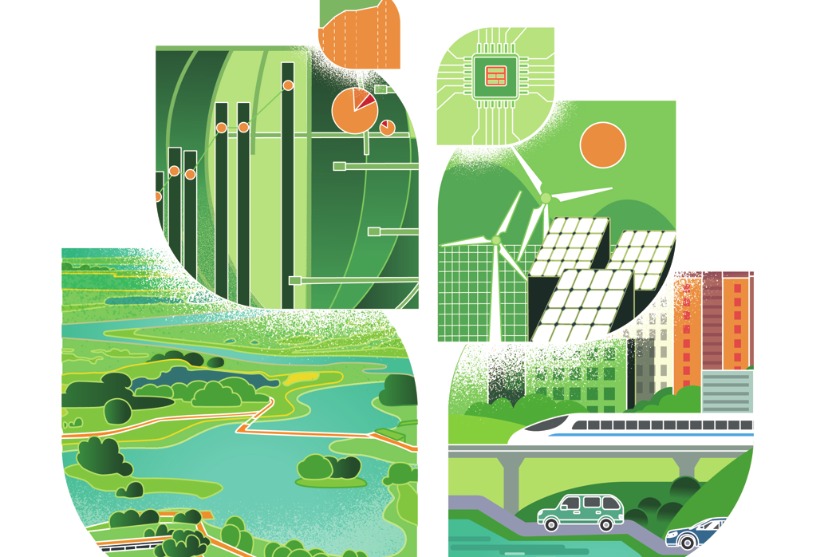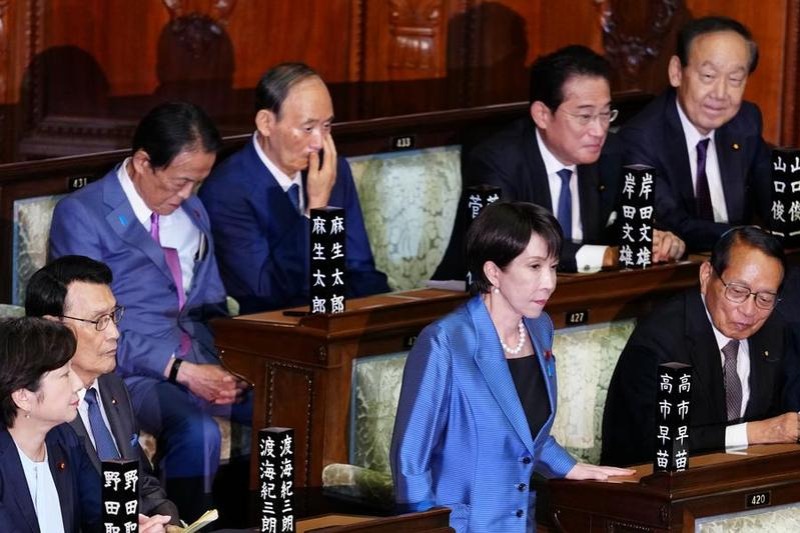Out of the pickle
More sustainable and resilient food system essential to cope with food price spikes and mitigate their negative influence on global food security


Global food prices, especially cereal prices, increased significantly in 2021. The food price index of the United Nations Food and Agriculture Organization in 2021 averaged 125.7 points, as much as 27.6 points above the previous year with all five sub-indices (i.e., cereal, vegetable, dairy, meat, and sugar) averaging sharply higher than in 2020. Among these sub-indices, cereal prices have experienced an even more considerable rise. The FAO cereal price index in 2021 was the highest annual average registered since 2012, which averaged 131.2 points, up 28.0 points from 2020.
Since the 20th century, there have been several global food price crises. During the 1970s oil price crisis, the prices of staple foods, especially rice, rose by more than 100 percent, causing a severe global food crisis. An oil embargo from the Organization of the Petroleum Exporting Countries caused a spike in oil prices by nearly 300 percent over several months. Although the food price spike closely followed oil prices, the drivers of the crisis can be considered a perfect storm of events, including conflict, trade restrictions, macroeconomic shocks and extreme weather events. During the 2007-08 food price crisis, the prices of staple foods surged, with the rice price doubling in the span of a few months. This food crisis was led by several factors such as demand for biofuels and grain export restrictions, combined with weather shocks and possible financial speculation.
During the COVID-19 pandemic, the compounding effects from a coincidence of significant risks and threats, including emerging diseases, trade chokepoints and disruptions, macroeconomic shocks, conflicts, climate change, extreme weather events, and degradation and depletion of natural resources and the loss of biodiversity, are seriously disrupting the food system. It is estimated that 30 percent of the global population lacked access to adequate food in 2020-a rise of 320 million in just one year. Sharply rising food prices offer few means of substitution, especially for net food buyers and the urban poor, increasing hunger, poverty and malnutrition. Food price spikes, reduced incomes and compounded risks (the perfect storm discussed above) will lead to severe and widespread increases in global food insecurity, affecting vulnerable households in almost every country.
The recent food price spikes come from both the supply side and the demand side. On the supply side, the continuous COVID-19 pandemic, frequent extreme weather events, and high input costs have tightened global food supply. Outbreaks of diseases lower crop production, disrupt food processing, distribution, transportation and trade substantially. In addition, weather shocks due to climate change and natural disasters are affecting crops worldwide. Driven by surging energy costs, supply curtailments and trade policies, fertilizer prices increased sharply since the third quarter of 2021, reaching their highest levels since the 2008-09 global financial crisis, which could exert inflationary pressures on food prices.
On the demand side, the energy price surge, and consequently strong demand for biofuels, has been a major factor in the recent price spikes. The global pattern of lagging production and limited investment helped push oil prices to nearly $85 per barrel in January 2022, a 50 percent increase compared with the previous year. As a result, a strong demand-side surge for biofuels exerted strong pressure on food prices, especially that of maize. Global demand for biofuels is set to grow by 41 billion liters, or 28 percent, over 2021-26. In addition, macroeconomic factors such as decreasing interest rates, relaxation of monetary policy, increasing investment in commodity funds (speculation) and the depreciation of the US dollar exacerbated the food price spike.
There is widespread concern that the recent food price spikes will cause a global hunger and nutrition crisis. Measures from a short-term perspective and a long-term perspective must be taken.
In the short term, green channels need to be established and maintained to ensure food supply. City lockdowns, road blocks and social distancing should not prevent foods from being transported and marketed while food chain workers must be protected against the pandemic. The government should also monitor and stabilize wholesale and retail food prices at the national and regional levels. Efficient and timely public communication and guidance is also essential to stabilize market expectations.
Recent evidence suggests that the global food trade plays a crucial role during food supply shocks; food export bans and restrictions should be eliminated or subjected to stricter disciplines in their use to stabilize global food prices and ensure food security. Thus, global governance mechanisms and institutional coordination capacity must be further strengthened. Other instruments include formulating policies to prevent food price rises caused by biofuels, offering temporary special support to smallholders, farmers and small traders, and providing social protection for vulnerable people, such as women, children and the elderly.
In the long term, investment in rural infrastructure and irrigation and drainage needs to be promoted. Measures include scaling up productive and regenerative agriculture, redirecting subsidy policies to climate-smart, eco-friendly, impactful public investments, and promoting multiple-win technologies such as yield-enhancing, nutrition improving and conservation technologies.
To cope with food price spikes and to mitigate their negative influence on global food security, it is crucial to transform toward more sustainable and resilient global food system. This requires promoting the sustainable intensification of agriculture to halt the expansion of food production to natural habitats of wild animals and plants; incorporating a One Health approach to encourage a collaborative effort across disciplines for the optimal health of people, animals and the environment; moving to other forms of green energy to address the risk of oil price shocks; stabilizing macroeconomic policies and building buffers between macroeconomic policy instability and food systems.
To match the increased scope of global action required to address and respond to risks and threats, a scientific platform for food systems comparable to the Intergovernmental Panel on Climate Change is needed to provide the basis for food systems transformation at a global level and provide independent, evidence-based advice for decision-making and actions.
Fan Shenggen is dean of the Academy of Global Food Economics and Policy and chair professor at China Agricultural University. Meng Ting is an assistant professor in the Department of Agricultural Economics of the College of Economics and Management at China Agricultural University. The authors contributed this article to China Watch, a think tank powered by China Daily. The views do not necessarily reflect those of China Daily.
Contact the editor at editor@chinawatch.cn


































